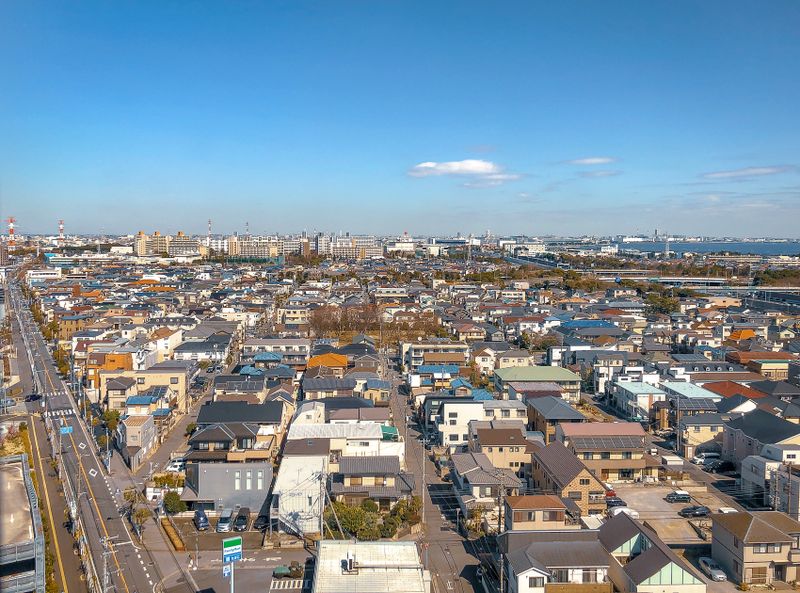Feb 6, 2024
How much does it cost to live in Japan? Avg. household spending in 2023

How much does it cost to live in Japan? One of the possible and short answers to this is 293,997 yen each month.
This is what the average household of two persons or more in Japan was spending on consumables (goods and services) each month in 2023, according to government data.
On Tuesday the Ministry of Internal Affairs and Communications released a summary of the yearly averages from its monthly family income and expenditure surveys.
According to the ministry averages, in nominal terms - taking into account the cost of goods and services at their current value - monthly household consumption expenditure of 293,997 yen represents an increase in spending of 1.1 percent from the previous year. In real terms - reflecting inflation and other factors - spending was actually down, by 2.6 percent, presumably as households tightened purse strings in the face of price hikes.
A breakdown of the average monthly household consumption expenditure in Japan in 2023 shows that by some distance the greatest amount of spending went on food - 86,554 yen. 42,838 yen was being spent on transportation and communications. Culture and recreation at 29,765 yen completes the three largest types of monthly consumption expenditure (setting aside “other” at 45,777 yen).
For those looking to get a clear idea about how much it costs to live in Japan, the ministry’s data is perhaps unhelpful when it comes to spending on housing. An average of 18,013 per month over 2023 is unlikely to be reflected in what the average working foreigner will end up paying in rent in Japan, for example.
Much has been made about energy consumption and supply in recent years with the Japanese government at times calling on both businesses and households to save electricity amid summer and winter supply crunches.
According to the ministry averages, monthly household spending on utilities over 2023 was 23,855 yen, a nominal decrease of 2.7 percent but in real terms an increase of 4.3 percent.
Below is a breakdown of the average household monthly consumption expenditures for 2023:
Total monthly consumption expenditure: 293,997 yen
| Food | 86,554 yen |
| Housing | 18,013 yen |
| Utilities | 23,855 yen |
| Furniture, utensils | 12,375 yen |
| Clothing, footwear | 9,644 yen |
| Medical care | 14,728 yen |
| Transport, communications | 42,838 yen |
| Education | 10,448 yen |
| Culture, recreation | 29,765 yen |
| Other | 45,777 yen |
In the above case “household” represents all general households (of two persons more) excluding those that are part of institutions and single-person student households.
The ministry data also details income and expenditure for what it terms “working households,” - households whose head is employed by a company, government office, school, factory, or store, among others. (Households whose the head is an officer of a corporate organization, including president, director, or board member, come under a separate category.)
For Japan’s working households 2023 brought an average monthly income of 608,182 yen - down 1.5 percent in nominal terms and 5.1 percent in real terms from the previous year. Average monthly income for the head of the household was 441,862 yen.
Monthly consumption expenditure among these working households was 318,755 yen.
December saw consumption expenditure by the average household (of two or more persons) at 329, 518 yen, a decrease of 2.5 percent in real terms compared to a year ago.
“(Spending across) a wide range of sectors including furniture, household goods, and food is decreasing, while spending on food services and health care services is increasing,” Internal Affairs and Communications Minister Takeaki Matsumoto told reporters on Tuesday after reporting the results of the household survey at a Cabinet meeting.
How much does it cost to live in Japan? Share your cost-of-living experiences with others in the comments.
Related
Shoppers could feel effect of “tomato shock” in February price hikes
Over half of households in Japan feel financially worse off from previous year, survey



0 Comments